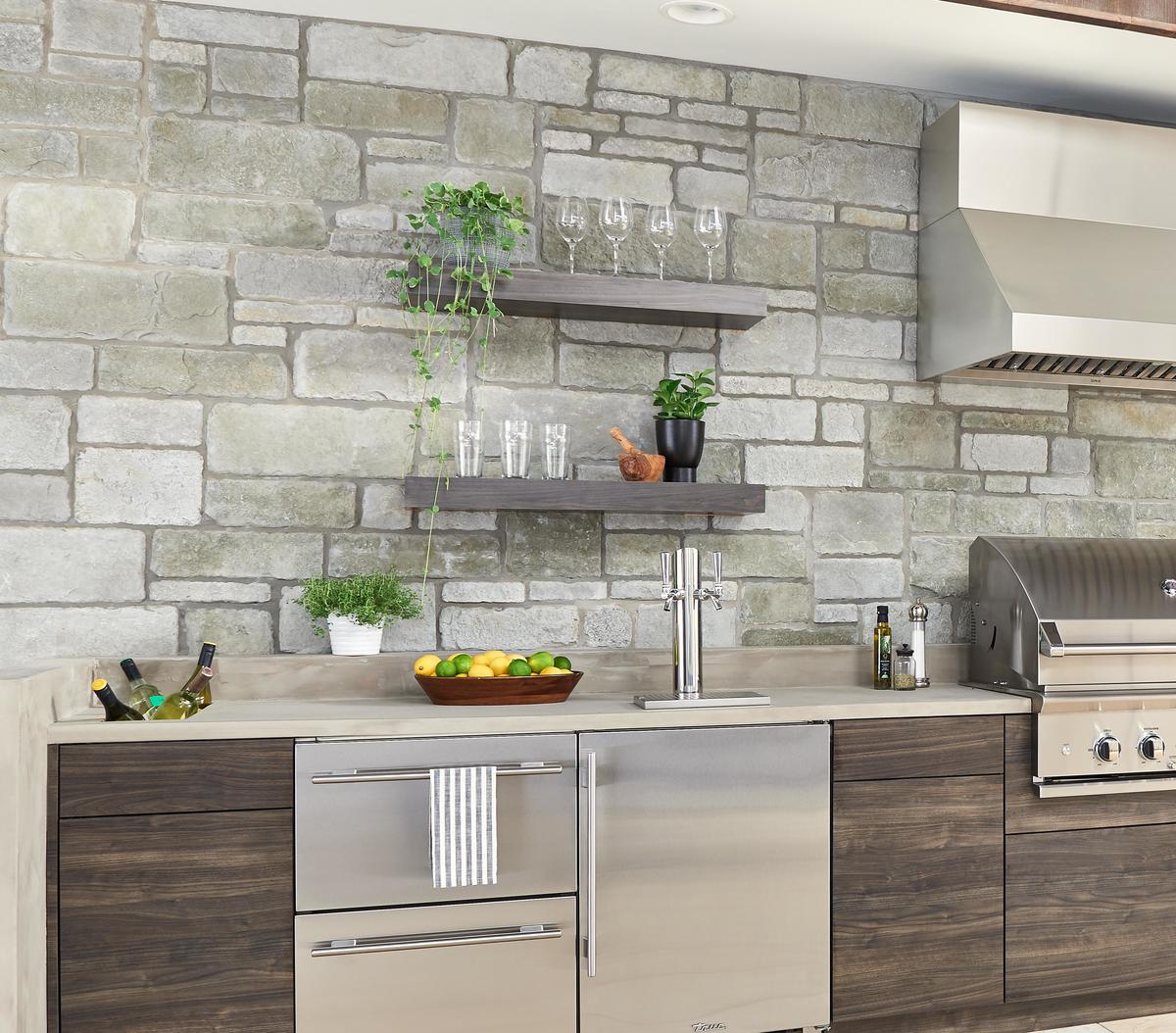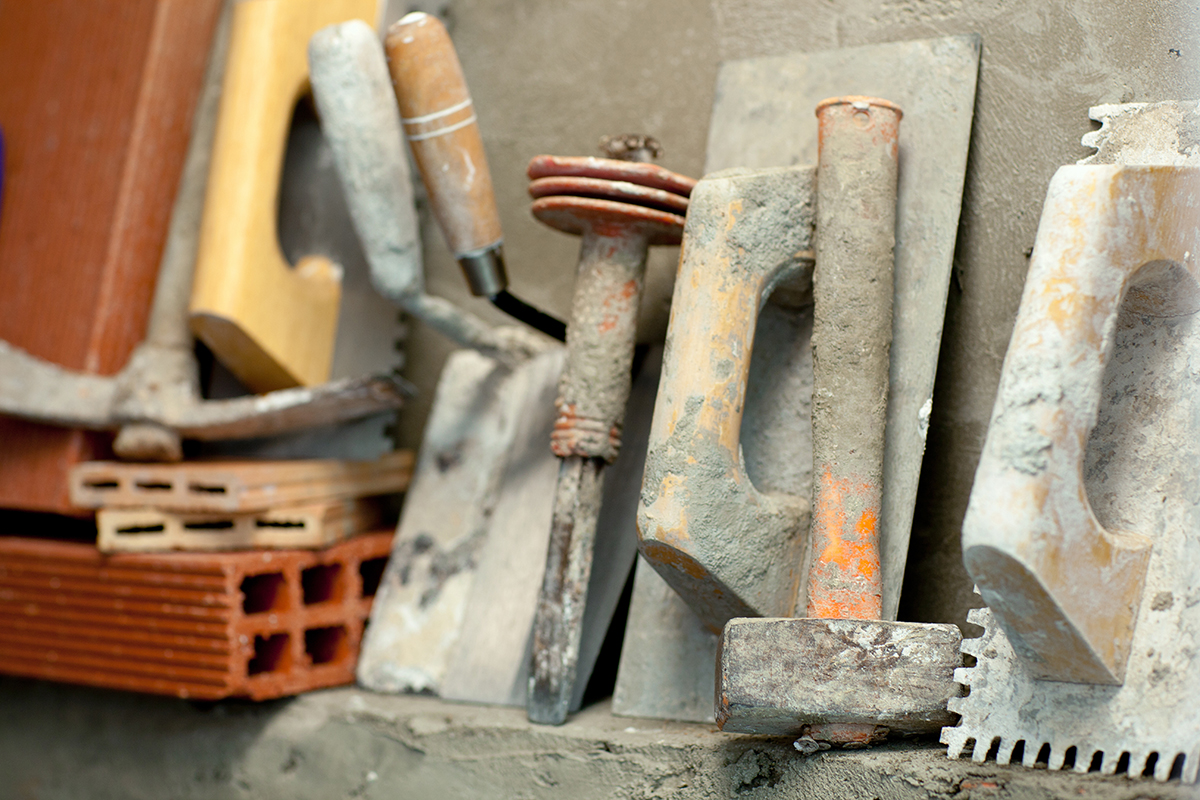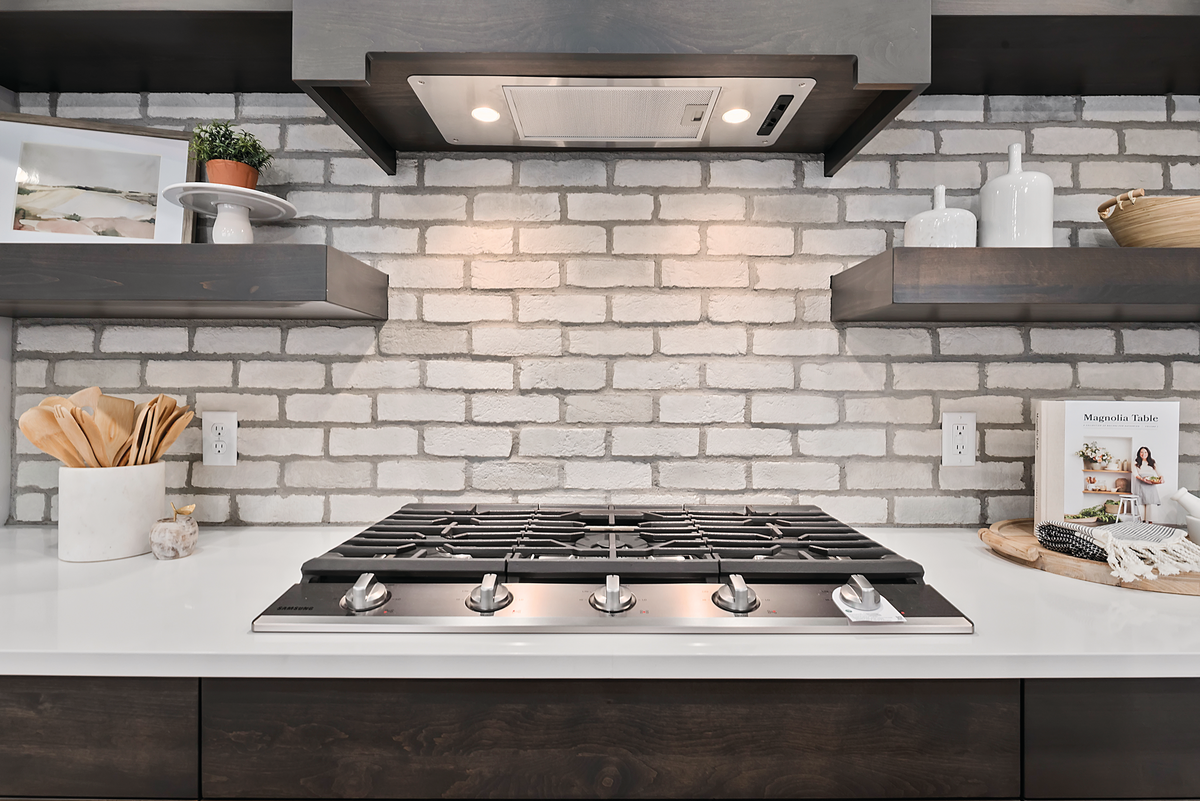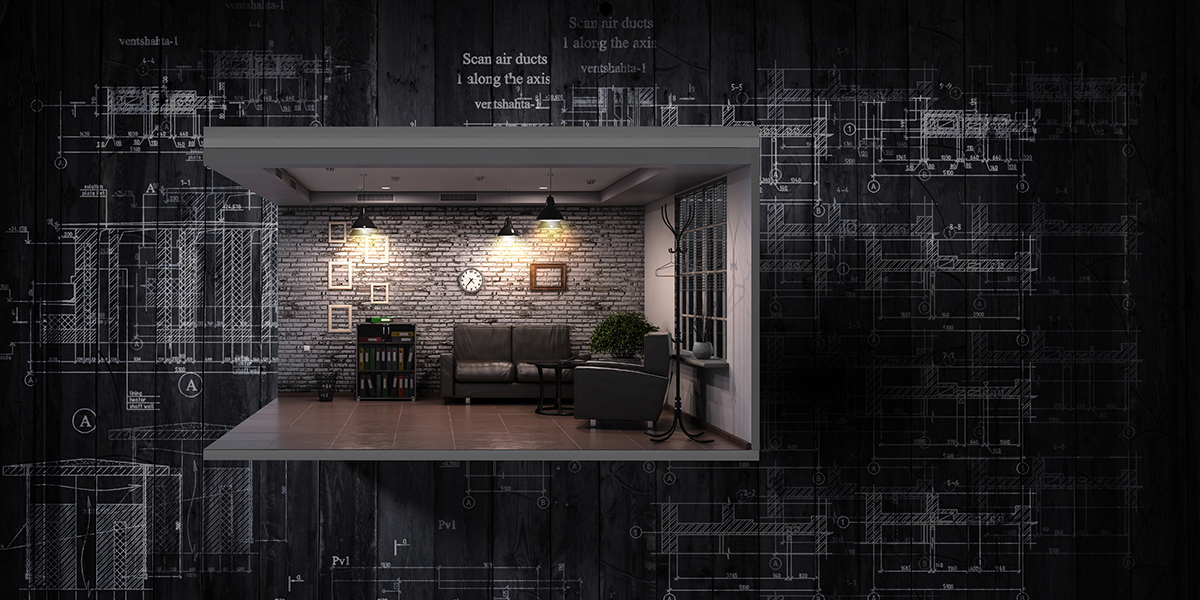I’ve been involved in the Manufactured Stone Veneer (MSV) industry since 2003, and I served as a go-to resource for several different types of building systems before that, including fiberglass insulation, windows, asphalt shingles, vinyl siding, and fence, deck and rail. When the company I worked for at the time asked me to shift my focus to the MSV industry, I jumped at the opportunity to get involved because I had always been attracted to it for aesthetic reasons.
I’m a pretty quick study with the ability to go from zero to 100, and I worked hard to become an expert on the MSV industry in very little time. Due to my earlier training in the construction industry, I was already equipped with technical knowledge and information, as well as an understanding of various building codes to help people on the jobsite.
To this day, in fact, building science is what really makes me tick. I love seeing how things fit together, as well as linking technical data to wall performance, and I think it’s important to relay those technical conversations at all levels, from CEOs to contractors and vice versa.
In the early days of my career, I worked with a variety of divisions at Owens Corning. Once I began to focus more on MSV, Darrel Higgs helped me learn the details of relevant building codes, conduct multiple rounds of product testing and network through a number of trade associations. During this time, I was also exposed to Bob Heath, who played a large part in early development of MSV. I learned a lot from Bob, as he is high class marketer and one of the founders of the MSV industry. Bob was able to contribute extensive industry education regarding history, challenges and areas for growth.
....My personal “MSV guru” was Don Ferguson, a very hands-on, technical guy who gave me the complete, soup-to-nuts education on MSV.
I learned a lot by simply observing Don’s habits on the jobsite, which involved a “look and ask questions” approach without coming to any premature conclusions. In terms of jobsite forensics, he would sometimes take hours or even days to figure out what was causing a problem and how to solve it.
That interaction on the jobsite really sets the tone for all conversations that will take place afterward, and you don’t want to stray from the facts too early because you can’t backtrack. I think that’s an invaluable lesson for anyone to keep in mind.
Truthfully, I think we’ve changed the industry on purpose in the past 10-20 years, starting with the creation of installation standards and then moving on to developing ASTM standards and building code language that is specific to MSV. We’ve also seen changes in the way the wall system goes up, for example by using two layers of Water Resistant Barrier (WRB) and rain screens to increase drying potential. We’ve also seen some product innovations in the world of mortar, which allows masons, contractors and other jobsite workers to adhere products to the wall with more confidence.
The system of 20-25 years ago still works well when everything has been installed properly, but it’s also important for us to acknowledge the pressure caused by skilled labor shortages and other issues that may introduce more potential for error on the jobsite. For example, we know that the long-term potential for moisture damage and bond failure are the most critical issues for MSV applications. This can be especially true when the installer is used to working with wallpaper but may not know as much about properly installing MSV.
To help minimize mistakes in these areas, we’ve spent time focusing on new offerings to keep walls dry and improve adhesion.
In terms of hands-on work, I continue to take on personal remodeling projects and often help others with projects of their own. I also have to stay sharp mentally, in order to help our sales and customer service teams solve problems for people in the field.
As DevTech Leader, I’m also a resource to our product development team, which is one of my favorite roles. I focus on helping the team hear what contractors want but don’t always say out loud, which enables us to determine new product innovations to focus on.
Over the years, I’ve been able to experiment a lot in the development world, including work on the creation of both Drain-n-Dry™ Lath and Flex-n-Dry™ Tape, two products which have some of the best building scientists in North America excited.
For me this series is another tool to do the very important work of communicating the right way to do things. It’s also a space for our team to share the innovations available to help walls perform better, and it gives us a forum to address “hot topics” for our customers while introducing them to ancillary products that have a real impact on their day-to-day realities on the job site.






